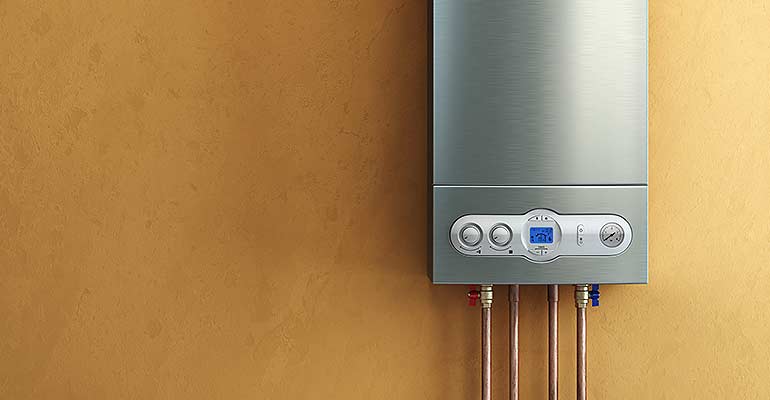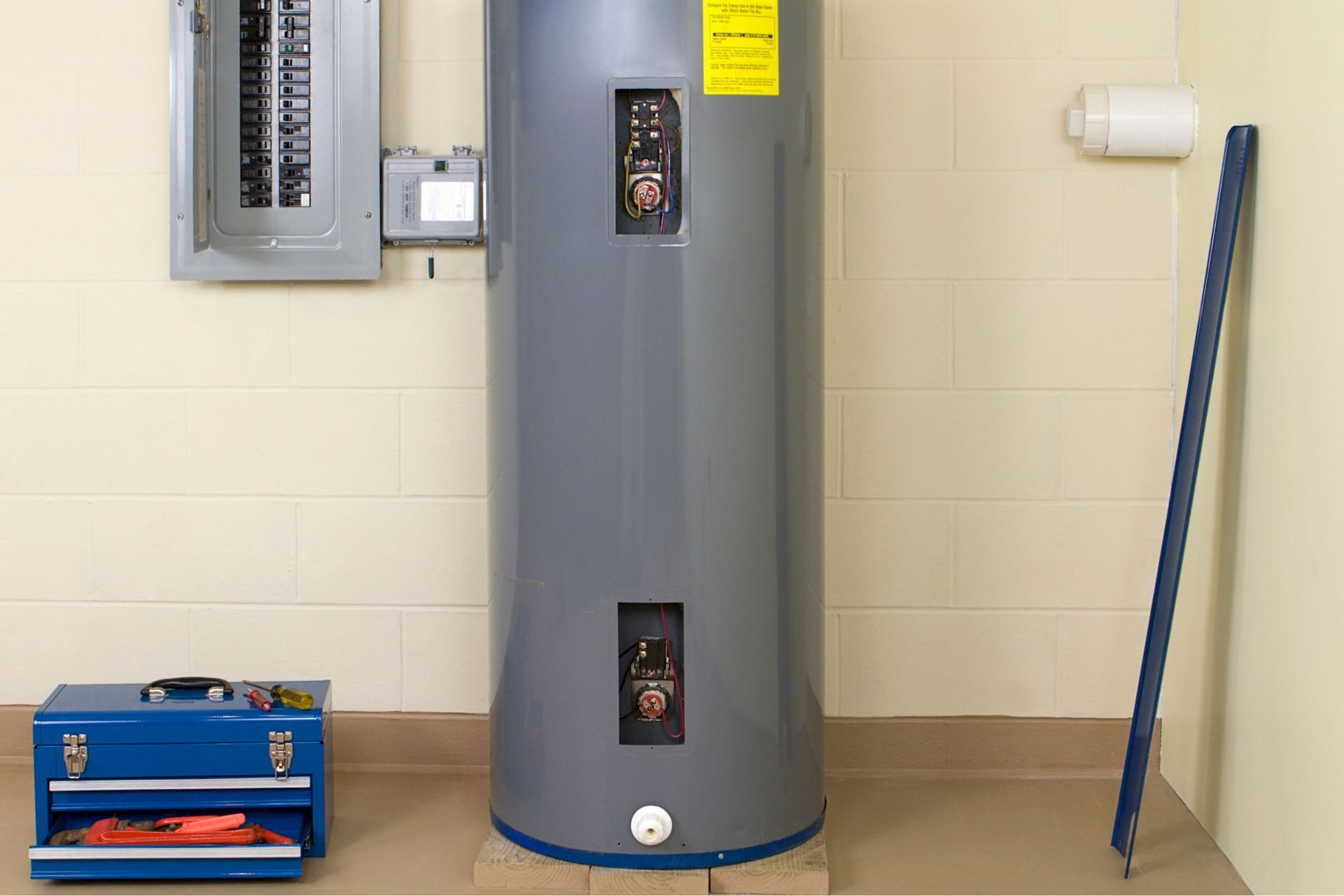Steps on How to Maintain Your Home's Hot Water System Properly
Steps on How to Maintain Your Home's Hot Water System Properly
Blog Article
This post on the next paragraphs on the subject of How to Maintain a Hot Water Heater in a Few Simple Steps is exceptionally interesting. Check it out yourself and figure out what you think of it.

Warm water is vital for day-to-day comfort, whether it's for a revitalizing shower or washing meals. To guarantee your hot water system runs effectively and lasts much longer, routine upkeep is key. This post gives useful ideas and insights on exactly how to keep your home's hot water system to prevent disturbances and pricey repairs.
Introduction
Preserving your home's warm water system could seem complicated, but with a couple of simple steps, you can guarantee it operates efficiently for years to come. This guide covers whatever from recognizing your hot water system to DIY upkeep pointers and knowing when to call in expert assistance.
Relevance of Maintaining Your Hot Water System
Routine upkeep not just expands the lifespan of your hot water system yet also ensures it runs efficiently. Overlooking upkeep can lead to reduced performance, greater power bills, and even premature failure of the system.
Indications Your Hot Water System Requirements Upkeep
Understanding when your hot water system needs interest can avoid significant problems. Watch out for indicators such as irregular water temperature level, weird sounds from the heating system, or corroded water.
Purging the Hot Water Heater
Purging your hot water heater gets rid of debris build-up, boosting performance and lengthening its life.
Monitoring and Changing Anode Rods
Anode poles stop deterioration inside the container. Checking and changing them when worn is crucial.
Complex Issues Needing Expert Assistance
Instances consist of significant leakages, electric issues, or if your hot water heater is regularly underperforming.
Routine Professional Maintenance Conveniences
Specialist upkeep can include extensive evaluations, tune-ups, and ensuring compliance with safety and security criteria.
Checking and Changing Temperature Setups
Readjusting the temperature level settings ensures optimum efficiency and security.
DIY Tips for Upkeep
You can do a number of maintenance jobs on your own to keep your warm water system in top condition.
Looking for Leakages
Frequently evaluate pipelines and connections for leakages, as these can cause water damage and greater expenses.
Comprehending Your Warm Water System
Prior to diving into upkeep jobs, it's useful to understand the standard elements of your warm water system. Normally, this includes the hot water heater itself, pipes, anode rods, and temperature level controls.
Monthly Upkeep Tasks
Routine monthly checks can aid catch minor problems before they rise.
Evaluating Stress Relief Valves
Testing the stress relief valve guarantees it functions appropriately and avoids too much pressure build-up.
Protecting Pipelines
Protecting warm water pipes lowers warm loss and can save power.
When to Call a Professional
While DIY maintenance is valuable, some issues need specialist know-how.
Conclusion
Normal maintenance of your home's warm water system is important for performance, longevity, and expense financial savings. By following these pointers and knowing when to look for specialist help, you can make sure a dependable supply of warm water without unanticipated disruptions.
How to Maintain an Instant Hot Water Heater
Before tinkering with your hot water heater, make sure that it’s not powered on. You also have to turn off the main circuit breaker and shut off the main gas line to prevent accidents. Also turn off the water valves connected to your unit to prevent water from flowing into and out of the appliance. 2. When you’re done, you have to detach the purge valves’ caps. These look like the letter “T†and are situated on either side of the water valves. Doing so will release any pressure that has accumulated inside the valves while at the same time avoid hot water from shooting out and burning your skin. 3. When the purge valves’ caps are removed, you have to connect your hosing lines to the valves. Your unit should have come with three hoses but if it didn’t, you can purchase these things from any hardware or home repair shops. You can also get them from retail stores that sell water heating systems. Read the user’s manual and follow it to complete this task properly. When the hosing lines are connected, open the purge port’s valves. 4. You should never use harsh chemical cleaners or solutions when cleaning your unit. Make use of white vinegar instead. It should be undiluted and you’ll probably use about 2 gallons. 5. Now flush your water heater. This task should probably take about 40 minutes. We can’t give you specific directions for this because the procedure is carried out depending on the type, model and brand of your heater. With that being said, refer to the user’s manual. 6. When you’re done draining the unit, you have to turn off the purge port valves again. Remove the hosing lines that you earlier installed on each of the water valves. Put the valve caps (purge port) back in their respective places and be very careful so as not to damage the rubber discs that are found inside these caps. 7. Now that everything’s back in place, check your user’s manual again to find out how to reactivate your water heating system. 8. Once it is working, turn one of your hot water faucets on just to let air pass through the heater’s water supply pipes. Leave the tap on until water flows smoothly out of it. https://www.orrplumbing.com/blog/2014/september/how-to-maintain-an-instant-hot-water-heater/

I was made aware of that write-up on What Kind of Maintenance Do Water Heaters Need? through an acquaintance on a different site. Appreciated our entry? Please share it. Help others check it out. Bless you for your time. Don't hesitate to check our blog back soon.
Call Today Report this page